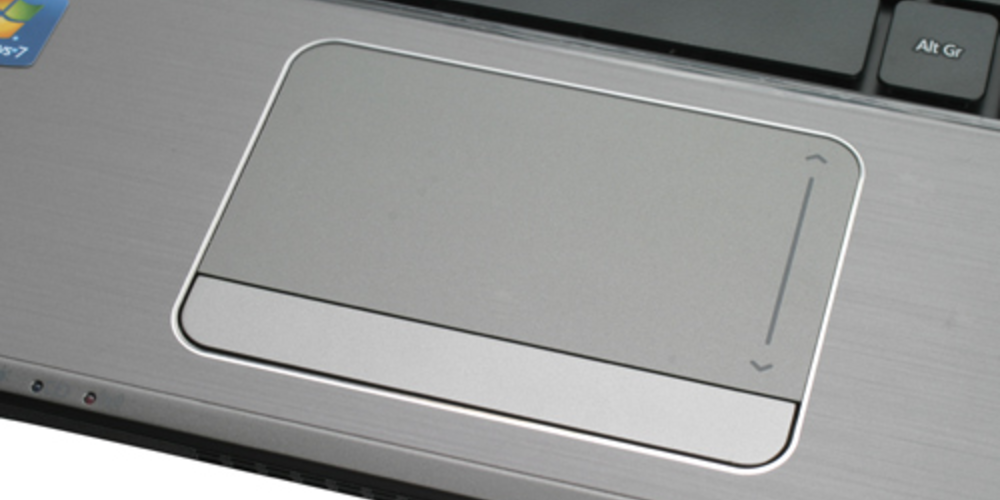Enhance Your Laptop Experience: A Comprehensive Guide to Adjusting Touchpad Sensitivity
- Jan 26, 2024

In the modern era of computing, laptops have become an indispensable tool for people across the globe. Whether you're a student, professional, or casual user, your laptop serves as a gateway to the world of information, entertainment, and communication. However, an often overlooked aspect of the laptop experience is the touchpad sensitivity. It's a small detail that can significantly impact your interaction with your device. Have you ever found yourself struggling with a touchpad that's either too responsive or not responsive enough? It can turn even the simplest tasks into frustrating ordeals. Fortunately, adjusting the sensitivity of your laptop's touchpad is a straightforward process that can greatly enhance your computing experience. In this guide, we'll walk you through the steps to fine-tune your touchpad's sensitivity, ensuring a smoother and more enjoyable use of your laptop.
The touchpad is a critical component of a laptop, allowing you to navigate and interact with your device without the need for an external mouse. However, not all touchpads are created equal, and what works for one person might not work for another. This is where the ability to adjust touchpad sensitivity comes into play. By customizing the sensitivity settings, you can tailor your laptop's touchpad to suit your personal preferences, improving accuracy, productivity, and overall satisfaction with your device. Whether you're browsing the web, playing games, or completing work assignments, the right touchpad settings can make a world of difference.
How to Change the Sensitivity of Your Laptop Touchpad
Step 1: Accessing Settings
Begin by locating the "Settings" application on your laptop. You can do this by typing "Settings" into the search bar of your Windows taskbar. Click on the "Settings" app from the menu that appears and select "Open."
Step 2: Navigating to Touchpad Settings
Once you're in the Settings panel, look for the "Bluetooth and devices" option and click on it. From there, you'll want to find and select the section labeled "Touch Panel" or "Touchpad," depending on your version of Windows.
Step 3: Adjusting Sensitivity
Within the Touchpad settings, you'll find an option to change the cursor speed. This is accomplished by moving a small bar left or right to decrease or increase the sensitivity, respectively. Additionally, there's a section for adjusting the touchpad's responsiveness to your touch, labeled "Taps" or "Touchpad Sensitivity." Here, you can choose from various sensitivity levels, including "Most sensitive," "High sensitivity," "Medium sensitivity," and "Low sensitivity."
Step 4: Testing and Fine-Tuning
After adjusting the sensitivity settings, it's essential to test your touchpad to ensure it responds to your liking. You may need to revisit the settings and make further adjustments to achieve the perfect balance. Remember, you can modify these settings as often as necessary until you're satisfied with your touchpad's performance.
Conclusion
The touchpad is a vital interface that connects you to your laptop, and its sensitivity plays a significant role in how effectively you can interact with your device. By taking the time to adjust your touchpad's sensitivity, you can improve your computing experience, making it more efficient, comfortable, and enjoyable. This guide has provided you with the know-how to customize your touchpad settings, ensuring your laptop responds precisely the way you want. Remember, the key to a seamless laptop experience lies in tailoring it to fit your unique needs and preferences. So go ahead, experiment with your touchpad settings, and unlock the full potential of your laptop today.








